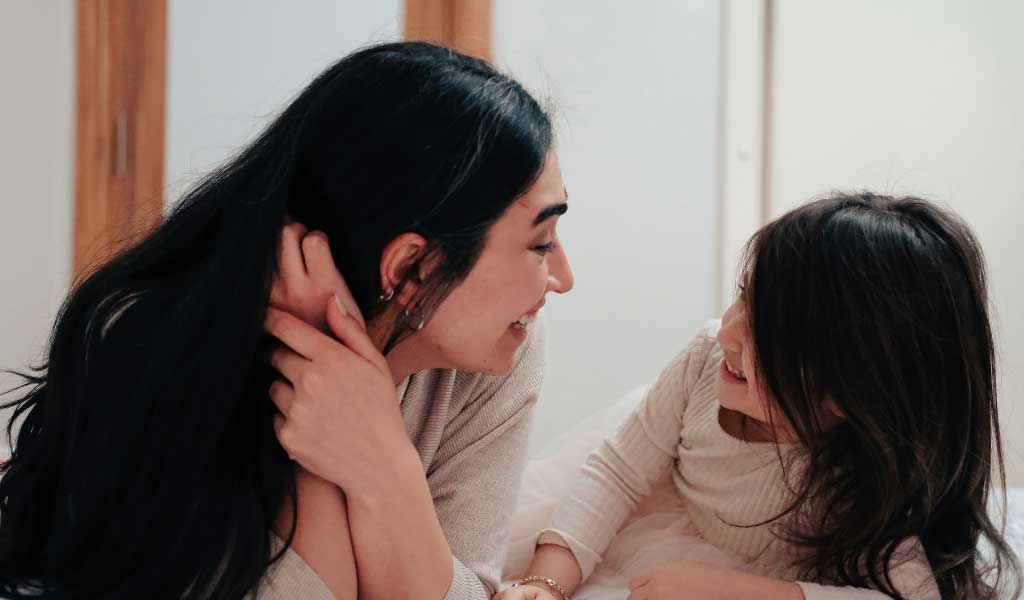To help you support your children through change and everyday transitions, we’ve asked wellbeing expert Sonia Mainstone-Cotton for some handy tips, over to her…
Transitions are something we all experience throughout our lives. Many of the children I work with find transitions incredibly tricky. In this article and in the early years training session I am delivering, I am going to explore the area of transitions and ways we can support a child. Often, when we think of transitions, we think of big ones such as moving to school or the arrival of a new baby, and those are significant, but I also think it is valuable to think about smaller transitions too; transitions children encounter every day, numerous times a day. In this article, I am going to look at a variety of transitions from the micro to the big and suggest several different practical ways we can support the child.
Micro transitions
Micro transitions are often overlooked, they are small everyday transitions a child can encounter. A few examples are moving from an activity to the carpet, tidying up time, stopping for lunch or snack, putting a coat on, going outside, or having a nappy change. These might sound small and insignificant but for some children, they find them extremely challenging. You may have a child who can cope with some micro transitions and not others. This may depend on their window of tolerance that day, that moment, or it may be a particular micro transition that is always a challenge for them.
There are many different ways a child can show us they are finding micro transitions tricky, some examples of these are:
- Tearful
- Irritable
- Angry outbursts
- Refusing
- Hiding
- Running away
- Using distractions- I just need to….
If we know a child is finding micro transitions hard, there are some ways we can support them:
- Recognise the trigger
Recognising the trigger is useful: observe the child, and notice what they are finding hard.
- Forewarn
In early years we are often good at giving the group notice before tidy-up time, but some children also need an individual warning prior to a transition.
- Visual timetable
We often use visual timetables for a whole group, but some children find it more helpful to be shown the visual timetable individually, having it on a key fob so you can show the child can be helpful. Or ‘Now and Next’ boards can also be a useful tool to use with an individual child.
- Is it necessary?
Sometimes we have lots of micro transitions throughout the day, and it is always worth asking the question – Do we need all of them? You might want to sit and write down how many transitions a child experiences in a morning in your setting, you might be surprised by the number. Cut out any you do not need.

Medium transitions
These are transitions that happen less frequently but can cause distress or anxiety. Some examples include:
- Trips out of nursery
- Moving room
- Attending a party
- Change of staff
- New children arriving
With all of these, it is about preparation:
- Use images of places you are visiting or new staff/ children arriving.
- Have familiar objects to aid the transition with the child into the new room or to the party, similar to a transitional object.
- Use social stories and children’s books to help with the preparation.
- Make sure you give time to prepare them and pre-warn them, don’t just do this 1 day before; you might need to revisit and explore the idea a few times over a week.

Big transitions
We tend to think about these much more and are often better at preparing children for them. Some examples are:
- Moving house
- New baby
- Change in family situation
- Starting school
- Death or bereavement
How to prepare young children for transitions and changes
As mentioned above, it is about preparation for these:
- Where appropriate provide playful opportunities for the child to explore the transition, for example, cardboard boxes for packing if the child is moving house, dolls, cots, nappies and baby toys for the arrival of a new baby or school uniforms and school bags to try on and explore if the child is starting school.
- Have lots of conversations about the change that is happening. Sometimes this is not possible beforehand, but, where possible, it is good to do this. Also, continue this after the change has happened.
- Use images; have photos of the new school (or schools if there are several different ones children are going to). Have photos of when they were babies or include photos of moving lorries.
- Use stories – there are so many excellent stories now about many issues, from parental illness, bereavement, a new baby, starting school, and becoming a blended family. Make sure you have a good collection of stories you can use and you can lend to families.
- Have a bereavement policy; you never know when you might need this, but they are so helpful. It will help you to know how to respond in the situation of a bereavement, sometimes in the moment, you can be unsure what to do, and having a policy to turn to can help in this situation. There are examples online if you google early years bereavement policy.
You can watch Sonia’s recent Kinderly Learn webinar on-demand, along with 100’s of expert early years sessions by becoming a member.


